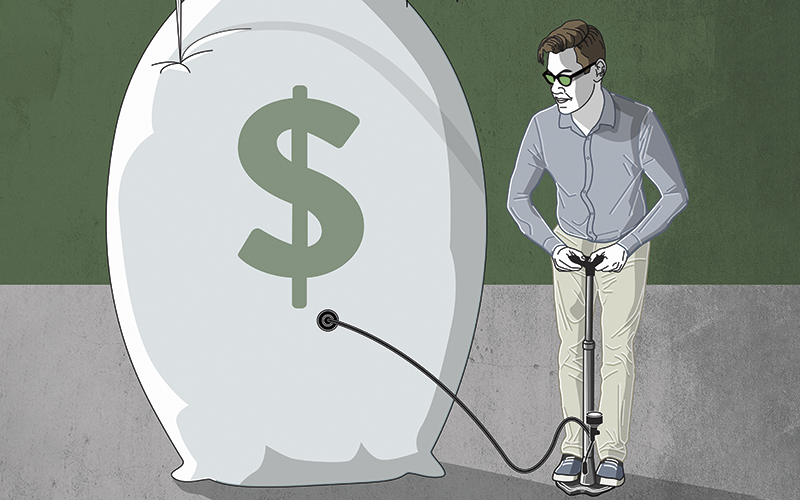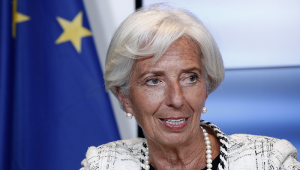Just as the global economy had never previously been shut down in the way it was in 2020, neither had it been so suddenly restarted. The consequence is a type of inflation not experienced at any point in the past 40 years.
Rather than being the result of excessive overall demand, today’s inflation is primarily caused by supply being gummed up and in the wrong place, as recent research by the BlackRock Investment Institute shows.
To assess how central bank policymakers should respond, it is vital to grasp how such supply-driven inflation occurs.
Think of inflation as the noise from the economic engine.
In the past, it was caused by the engine revving too fast. For the foreseeable future, it is more likely to be down to the engine misfiring. The first type of misfiring occurs when supply constraints affect broad swathes of the economy.
When lockdowns eased, demand returned quickly, but supply capacity – in the form of people and capital – could not be mobilised quickly enough.
Think of inflation as the noise from the economic engine. In the past, it was caused by the engine revving too fast
More important is the second type of misfiring, which occurs when supply capacity is in the wrong place.
As the economic restart began last year, consumers overwhelmingly trained their sights on goods, neglecting services.
Economies were ill prepared for this sharp shift – goods-producing sectors ran short on supply, while service industries had excess capacity.
Prices have risen for goods, but, because prices tend to be stickier on the way down, the cost of services has not followed suit.
The result is surging goods inflation and high overall inflation.
Some have attributed today’s inflation to greater fiscal spending during the Covid-19 pandemic.
Consumers, the argument goes, are now unleashing excess savings.
But this thesis fails to explain why inflation is so high when overall economic activity has yet to fully recover.
The fundamental constraint is that supply capacity is unusually low and in the wrong place.
For years, it has been almost an article of faith that central banks should respond to high inflation by raising interest rates aggressively to stabilise both inflation and growth.
That makes sense when inflation is caused by overall demand running hot. But, today, not even economies furthest into the restart – like the US and UK – have reached their estimated output and employment potential.
They are not running hot.
Central banks have an invidious choice – to live with the inflation or to get it down by destroying demand and raising unemployment across the whole economy.
We estimate that getting inflation down to 2% in the US would have required the Fed to generate a recession that drove unemployment up to almost double-digit rates.
By the time such a rate rise took effect, inflation might have dropped considerably of its own accord. Reopening economies should shift the mix of spending back towards services, while prompting, where necessary, a reallocation of capital and labour to the production of goods.
So it is likely that central banks will, ultimately, live with inflation.
Central banks will return rates towards a more neutral setting.
But, in the end, they will stop short of raising them to levels that destroy demand and jobs.
The increase in rates over the cycle is likely to be more muted than in the past.
Faced with high inflation, central banks are talking tough.
While they do, markets will easily confuse the rapid normalisation of monetary policy with the start of an aggressive hiking cycle to squeeze inflation down.
As the first weeks of 2022 showed, the path ahead will be bumpy.













